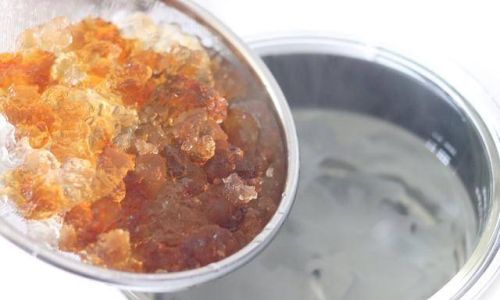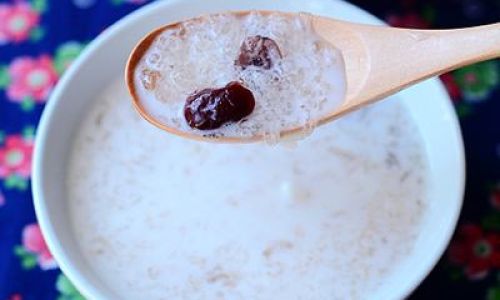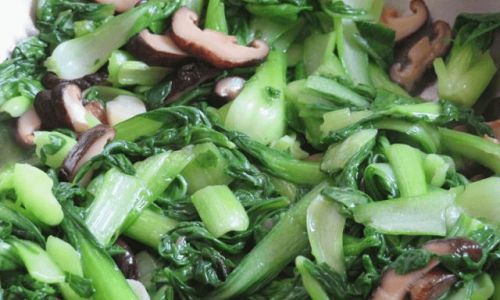Introduction
Snow fungus, scientifically known as Tremella fuciformis, is a delicate and nutritious edible mushroom that has been cherished in traditional Chinese medicine and cuisine for centuries. Its translucent, jelly-like appearance and mild flavor make it a versatile ingredient in various dishes, desserts, and health tonics. One of the most common preparations for snow fungus is boiling or cooking it in a soup or broth, which not only enhances its texture but also allows its nutrients to be more readily absorbed by the body. However, the question often arises: how long should you cook snow fungus to achieve the perfect balance of texture and nutrition? This article aims to provide a comprehensive guide on cooking snow fungus, including tips on preparation, cooking times, and potential health benefits.
Understanding Snow Fungus
Before diving into the cooking process, it’s essential to understand the unique characteristics of snow fungus. This edible mushroom grows naturally on dead or decaying wood, particularly in tropical and subtropical regions. Its gelatinous texture and high water content give it a unique mouthfeel when cooked, making it a favorite in sweet and savory dishes alike. Snow fungus is also rich in dietary fiber, polysaccharides, vitamins, and minerals, contributing to its reputation as a superfood that supports skin health, boosts the immune system, and aids in digestion.

Preparing Snow Fungus for Cooking
Before cooking snow fungus, proper preparation is crucial to ensure it reaches its full potential in both taste and nutritional value. Here are the steps you should follow:
-
Soaking: Begin by soaking the dried snow fungus in cold water for several hours or overnight. This allows the mushroom to soften and expand, making it easier to cook and more tender when eaten.
-
Cleaning: Once soaked, gently rinse the snow fungus under cold running water to remove any impurities or dirt. Be careful not to tear or break the delicate strands.
-
Trimming: Remove any hard or dark parts at the base of the snow fungus. These are usually the toughest and least desirable for cooking.
-
Tearing or Cutting: Depending on your recipe, you may need to tear the snow fungus into smaller pieces or cut it into strips. This helps it cook more evenly and blend better into the dish.
Cooking Snow Fungus: The Perfect Duration

The cooking time for snow fungus can vary depending on your personal preference for texture and the specific recipe you’re following. However, here are some general guidelines to help you achieve the best results:
-
Soft and Tender: For a soft and tender texture, similar to that of cooked jelly, simmer snow fungus in a pot of boiling water or broth for about 30 minutes to an hour. This is ideal for desserts or soups where a smooth, silky consistency is desired.
-
Slightly Firm: If you prefer a slightly firmer texture, cook the snow fungus for around 15 to 20 minutes. This method is suitable for dishes where you want the snow fungus to retain some of its shape and bite.
-
Slow Cooking: Using a slow cooker or crockpot is another option, allowing the snow fungus to gently simmer for several hours. This method is perfect for dishes that require long cooking times, such as stews or broths, as it ensures even cooking and maximum extraction of nutrients.
Tips for Perfect Cooking
-
Use High-Quality Water: Always cook snow fungus in clean, high-quality water. Tap water can sometimes contain impurities that can affect the taste and texture of the final dish.
-
Avoid Overcooking: Overcooking snow fungus can lead to a mushy texture, so it’s important to keep a close eye on it during the cooking process.

-
Flavor Infusion: To enhance the flavor of the snow fungus, consider adding ingredients like rock sugar, honey, ginger, or dried fruits during cooking. These will not only infuse the snow fungus with additional flavors but also enhance its overall nutritional profile.
-
Storage: Once cooked, snow fungus can be stored in the refrigerator for a few days. It’s best to consume it within this timeframe to ensure optimal freshness and taste.
Potential Health Benefits
In addition to its culinary uses, snow fungus is prized for its numerous health benefits. Here are some of the potential advantages of incorporating snow fungus into your diet:
-
Skin Health: The high collagen content in snow fungus is believed to promote skin elasticity and hydration, reducing the appearance of fine lines and wrinkles.
-
Immune Support: Polysaccharides found in snow fungus are known to boost the immune system, helping the body fight off infections and diseases.
-
Digestive Aid: The dietary fiber in snow fungus supports healthy digestion, preventing constipation and promoting regular bowel movements.

-
Weight Management: With its low-calorie and high-fiber content, snow fungus can be a valuable addition to weight management diets, aiding in feelings of fullness and reducing overall calorie intake.
Conclusion
Cooking snow fungus may seem like a delicate task, but with the right knowledge and techniques, it can be a rewarding culinary experience. By following the guidelines provided in this article, you can achieve the perfect balance of texture and nutrition, making snow fungus a delightful and nutritious addition to your meals. Whether you’re preparing a traditional Chinese soup, a modern dessert, or simply looking to incorporate more superfoods into your diet, snow fungus offers a unique and delicious way to enhance your culinary repertoire and overall well-being.





0 comments